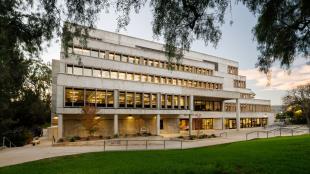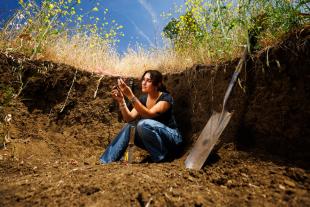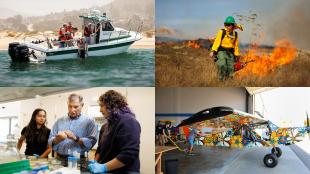Deans' Firsthand Knowledge Helps Transfers Overcome Challenges
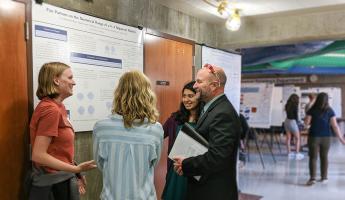
When Dean Wendt transferred to Cal Poly from Sierra College in Rocklin, Calif., he felt the full uncertainty of the transition.
“I wasn’t always confident in my abilities,” he said of the move. “There was a heavy dose of impostor syndrome for me, but I rose to it by diligently focusing on my studies and taking time to find the right path for me.”

For Wendt, that looked like taking as many biology classes as he could and eventually finding his niche in marine biology. Once he found what he wanted to study, and connected with other students, “that’s when I feel like I truly fell in love with Cal Poly.”
Now dean of the College of Science and Mathematics, Wendt meets incoming transfer students each summer and attends events put on by the Cal Poly Transfer Center. He is always willing to share his transfer journey with students and colleagues — especially the importance of showing yourself kindness during the transition.
“There were times in my college career when I wasn’t patient enough in the transition space and I was being hypercritical to myself and telling myself that I didn’t belong here,” he said. “I realized that I had to sit in the discomfort, be patient and understanding with myself, and speak to myself like I would if I was supporting a close friend of mine.”
Kaylee Benting, a transfer student in the Liberal Studies Department and president of the Association of Transfer Students at Cal Poly, met Wendt during a Cal Poly Transfer Center event and was struck by his willingness to share his story with transfers.
“It’s inspiring to see someone in the position of dean be so open about being a transfer,” said Benting, who plans to pursue a career in education after graduation. “It’s nice to know that there are people we can reach out to who understand our experience.”
Wendt said he hopes transfer students build relationships with their instructors and peer mentors both at the community college level and at Cal Poly. In his own experience, advisors provided him with valuable guidance and advice at various points in his academic career.
“We have a tremendous opportunity to make an impact on all our students' lives and we have to make the most of that,” Wendt said. “That’s what inspired me to come back to the campus and, as a leader, I try to share this and instill this in the faculty and staff in the college.”
Damon Fleming, dean of the Orfalea College of Business, was also once a transfer student. Fleming, a San
Diego native, took classes at multiple community colleges in the San Diego area before arriving at San Diego State with an associate’s degree from San Diego Mesa College — but very little sense of community.
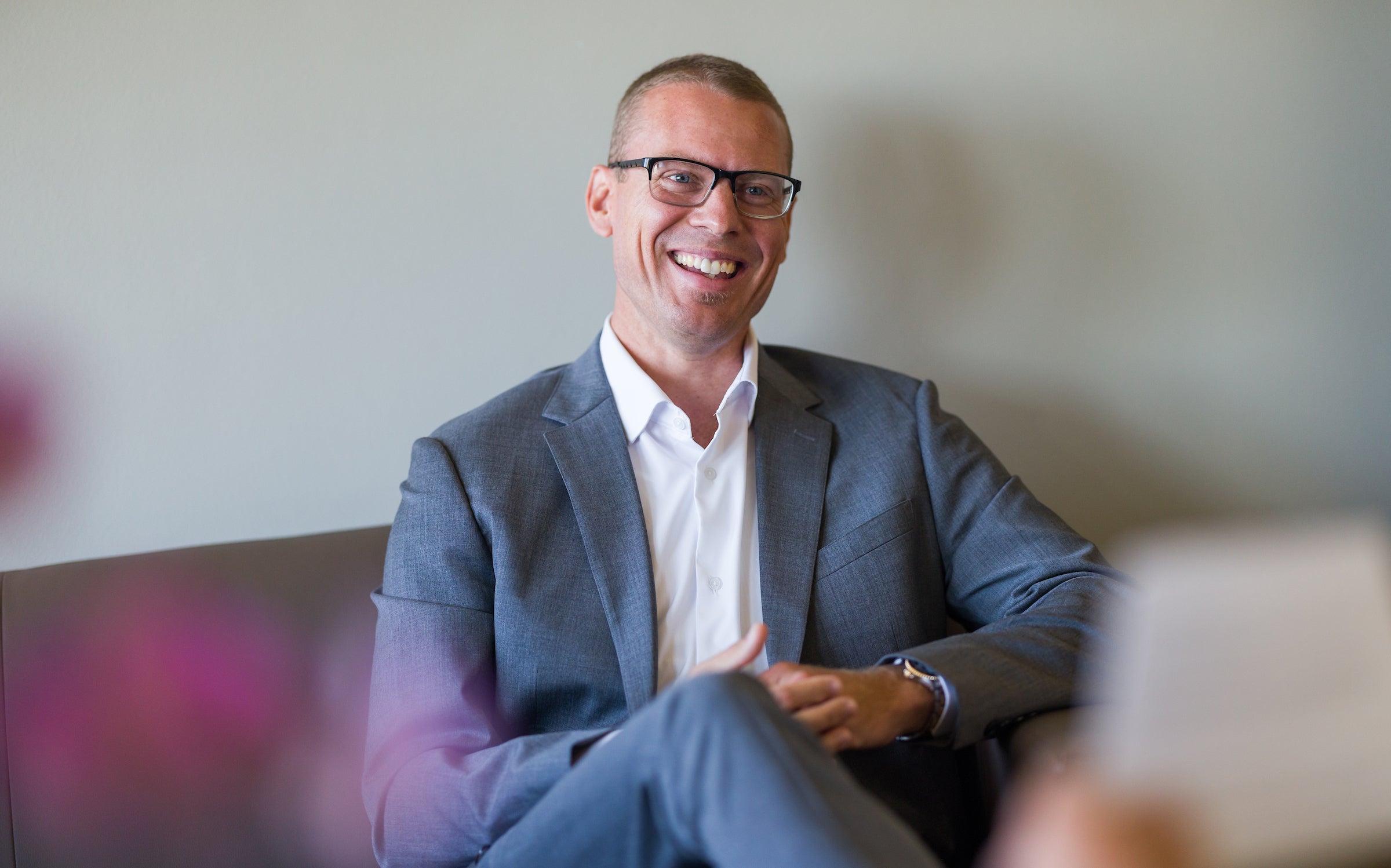
Though that changed when he started in the university’s accounting program, there was no central structure to help all students in his position.
“There was no Transfer Center or transfer-focused advising when I was in school, so you had to figure things out by talking with your friends, club, and classmates,” he said. “Since then, for the better, there’s been a major shift in higher education to create much more support for all students, including transfers.”
Within the Orfalea College of Business, there’s a course on career readiness offered to transfer students the summer before they start their first academic year at Cal Poly — a great way to build a supportive cohort, Fleming said. He often encourages students to take the class.
The college also employs Transfer-Mation Peer Leaders, a group of students who assist transfer students during their transition in addition to planning and implementing academic programs in support of transfers.
Additionally, Fleming does exit interviews with graduating students, including transfers, to get feedback from them on their Cal Poly experiences and to let them know the college is there for them as alumni.
Despite the gains made in support services, transfers still have less time to build relationships with other students than those who have spent their first two years on a campus, Fleming said.
“Finding a way to build relationships in clubs, organizations, extracurriculars and co-curricular activities and classes is crucial,” he said. “For Orfalea transfer students, they have their concentration in business set the day they come to campus – for them, I’d suggest getting in touch with their relevant club and getting engaged as soon as possible.”
Fleming said that, like Wendt, he tries to share his story and experiences with transfers as much as he can and remove any stigma that may be out there.
“I want our transfers to feel seen and, more broadly, I want them and our campus as a whole to understand that being a transfer is just another path toward the same ultimate goal of high-quality business education,” he said.
According to Heather Domonoske of the Cal Poly Transfer Center, having specific transfer-focused resources and former transfer students like Wendt and Fleming in visible leadership positions on campus goes a long way toward helping this student population feel accepted, appreciated and comfortable.
“Transfers feel welcome and supported in their transition when there are specific transfer-focused resources and people who recognize the unique experience of transferring and are actively outreaching and supporting them,” she said. “Having leaders who are proud transfer students helps our campus normalize transferring as a way to earn an education and combat stigmas around attending community college.”
Domonoske emphasized her gratitude to Wendt, Fleming and other staff and faculty who’ve shared advice and support for transfers and urged other faculty, staff and administrators who were transfer students to get involved with the center.
Cal Poly celebrated National Transfer Student Week Oct. 17-21 with events focused on community, transfer pride and connecting transfers with campus resources. But Wendt, Fleming, Domonoske and others hope to continue celebrate and support the community far into the future.
“I hope at Cal Poly that we can see our students as students and as future leaders, regardless of where they came from or how they came to us. I hope that we will always meet our students where they are: to help them be successful here and after they graduate,” Fleming said.
Learn more about how to support transfer students at Cal Poly.
Want more Learn by Doing stories in your life? Sign up for our monthly newsletter, the Cal Poly News Recap!

